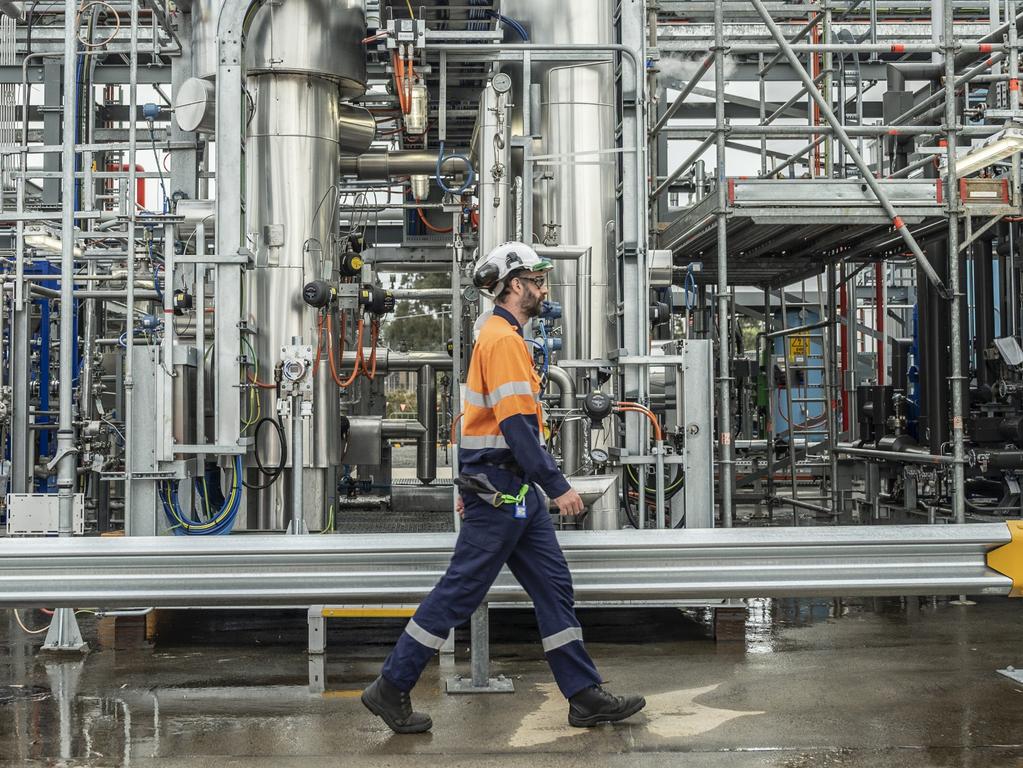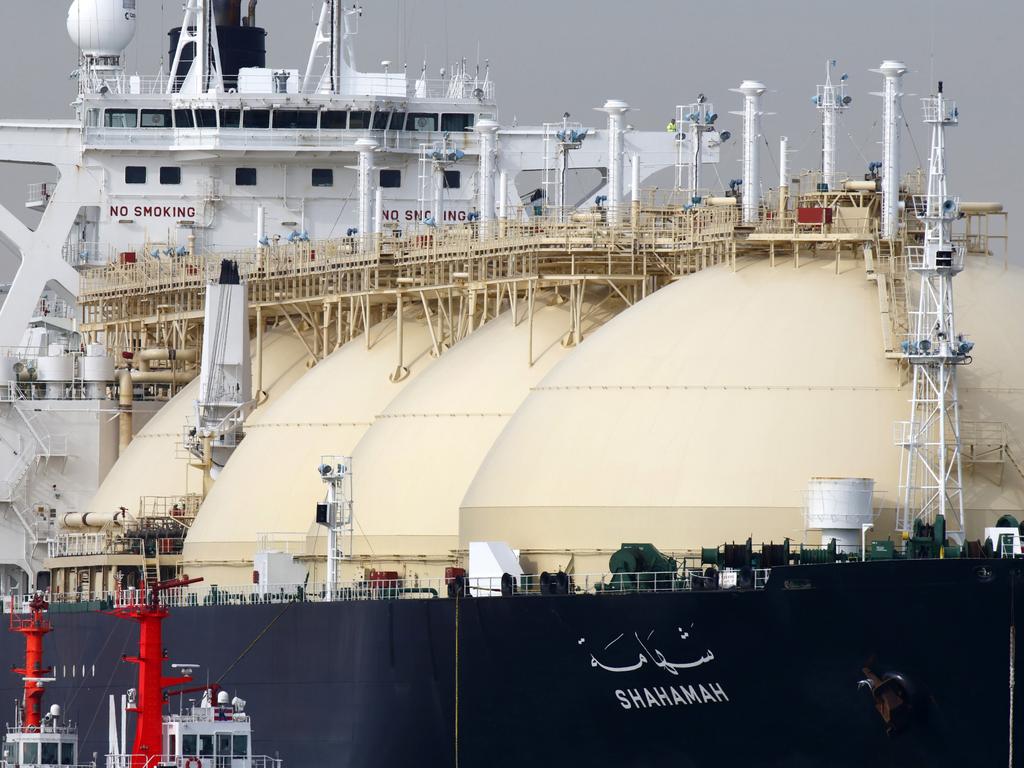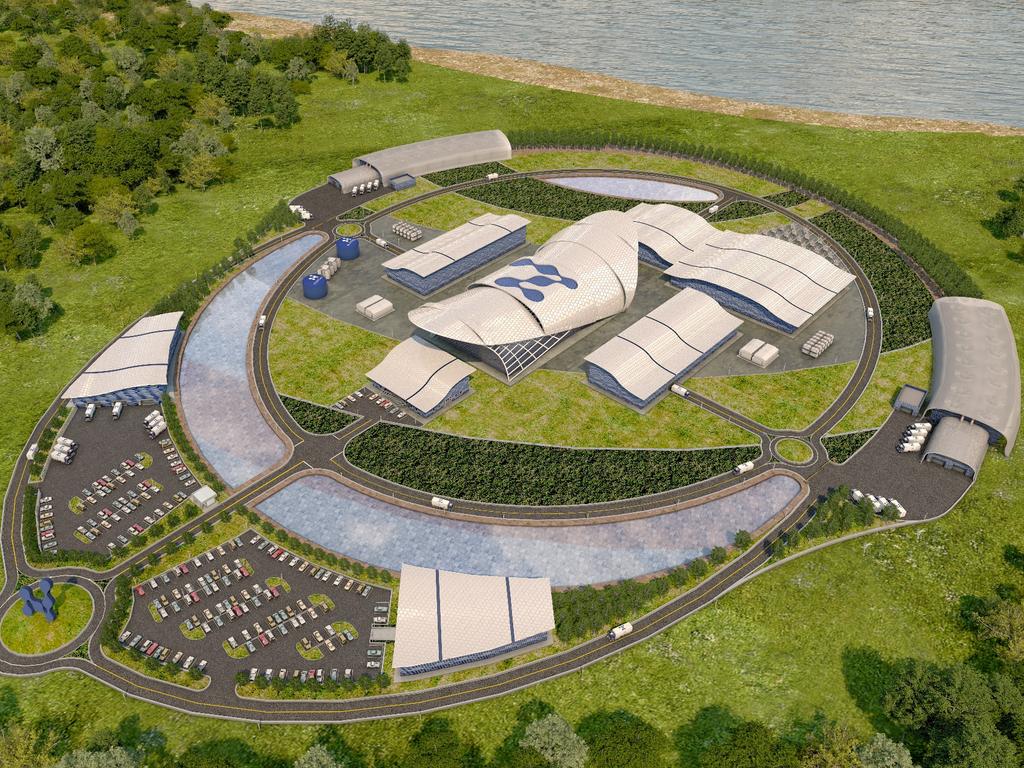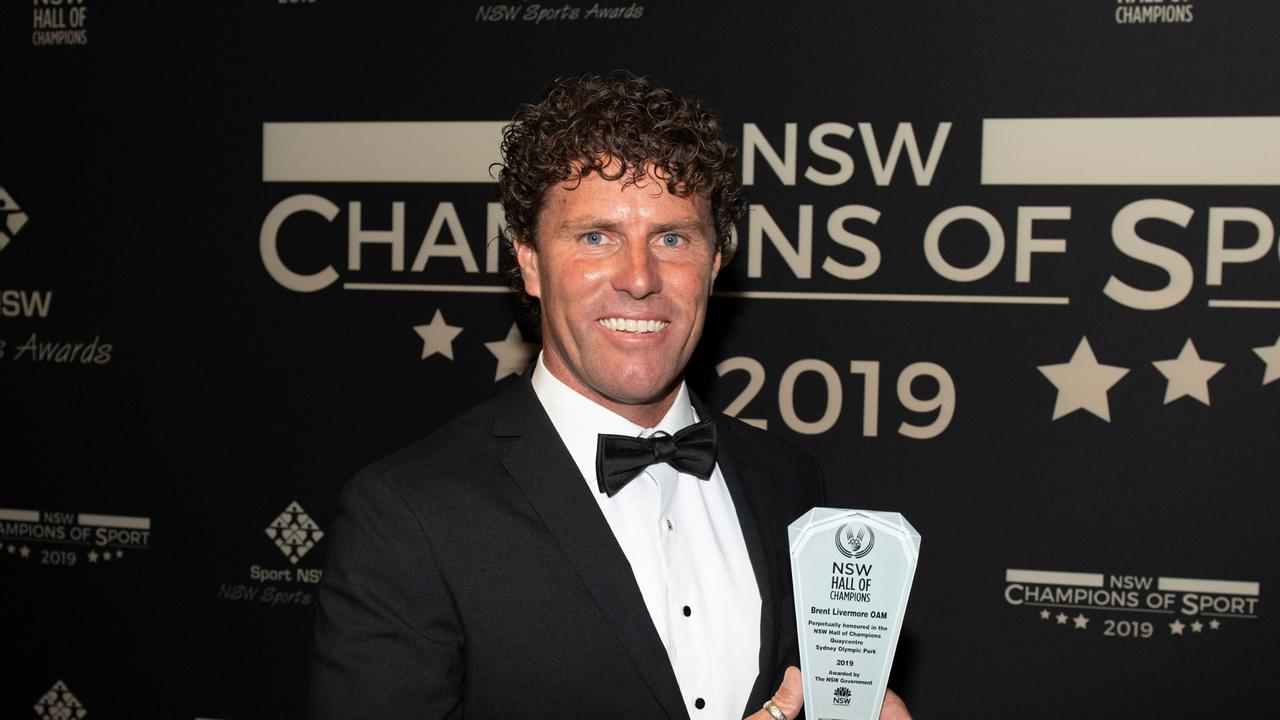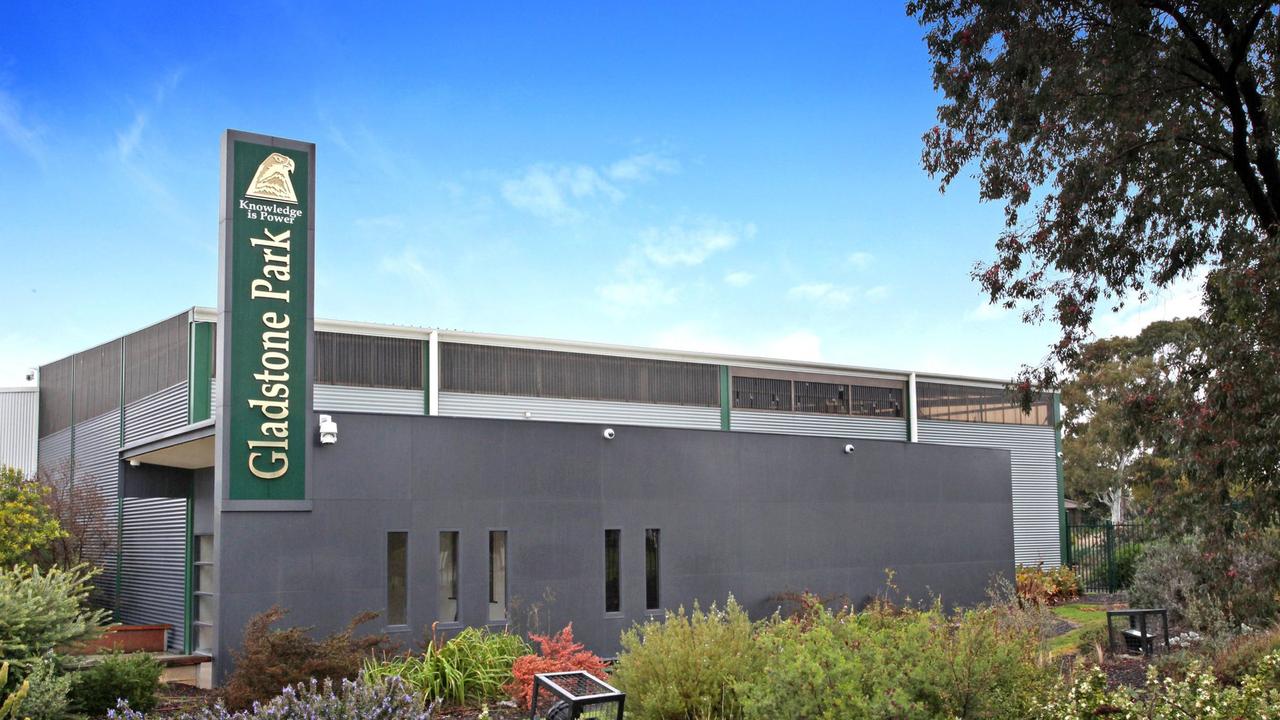Japanese LNG giants Inpex and Tokyo Gas say Australian gas will be needed until at least 2050
Top Japanese gas companies have urged Australia to maintain its status as a dependable energy supplier, saying LNG will be needed in even greater volumes until at least 2050.
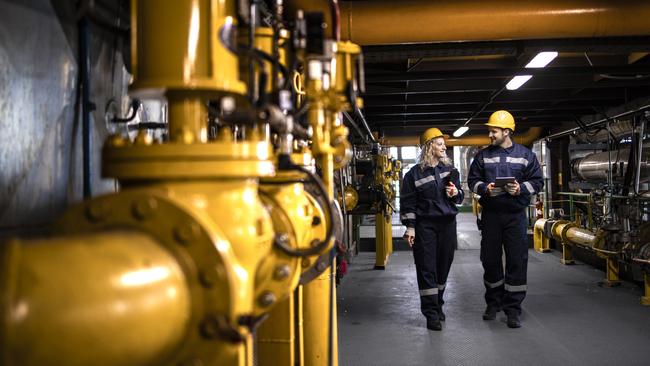
Top Japanese gas companies have urged Australia to maintain its status as a dependable energy supplier, saying the nation’s LNG will be needed in even greater volumes until at least 2050 and will play a critical role in the country’s clean-energy transition.
Japanese LNG giants Inpex and Tokyo Gas cautioned against policy shifts that could undermine the nations’ vital energy partnership as the Albanese government moves to tighter LNG export controls and the Greens mount a fresh push for a ban on new gas and coal projects.
In exclusive interviews with The Australian, the companies said Japan would need hundreds of billions of dollars worth of Australian LNG over the next three decades, even as the country races to become the world’s first hydrogen-powered economy.
Tokyo Gas chairman Michiaki Hirose said ensuring the “predictability” of the gas market was crucial, and warned against “drastic actions in order to service the consumer”.
He said Australia’s domestic gas price cap limiting east coast LNG prices to $12 a gigajoule did not have a significant impact on the company.
But, as the Albanese government moves to strengthen its so-called “gas trigger”, Mr Hirose said Tokyo Gas was opposed as a matter of principle to LNG market interventions. He said the company believed governments should “rely on the ingenuity of the private sector and trust the market mechanism”.
Inpex chairman Toshiaki Kitamura, whose company owns the $US45bn Ichthys LNG project off Australia’s northwest coast, said our stable regulatory environment was vital for energy investors, and “so as far as is possible, we hope this stable situation continues into the future”.
Mr Kitamura said Australian LNG had become even more important to Japan since Russia’s invasion of Ukraine. “As the international environment changes, there is going to be a major shift towards ensuring a stable supply chain. So if you add this factor, the investment environment of Australia is becoming more attractive.”
Under looming changes to the Australian Domestic Gas Security Mechanism, Resources Minister Madeline King will be able to decide each quarter how much gas could be exported from Queensland if the gas trigger is ever pulled.
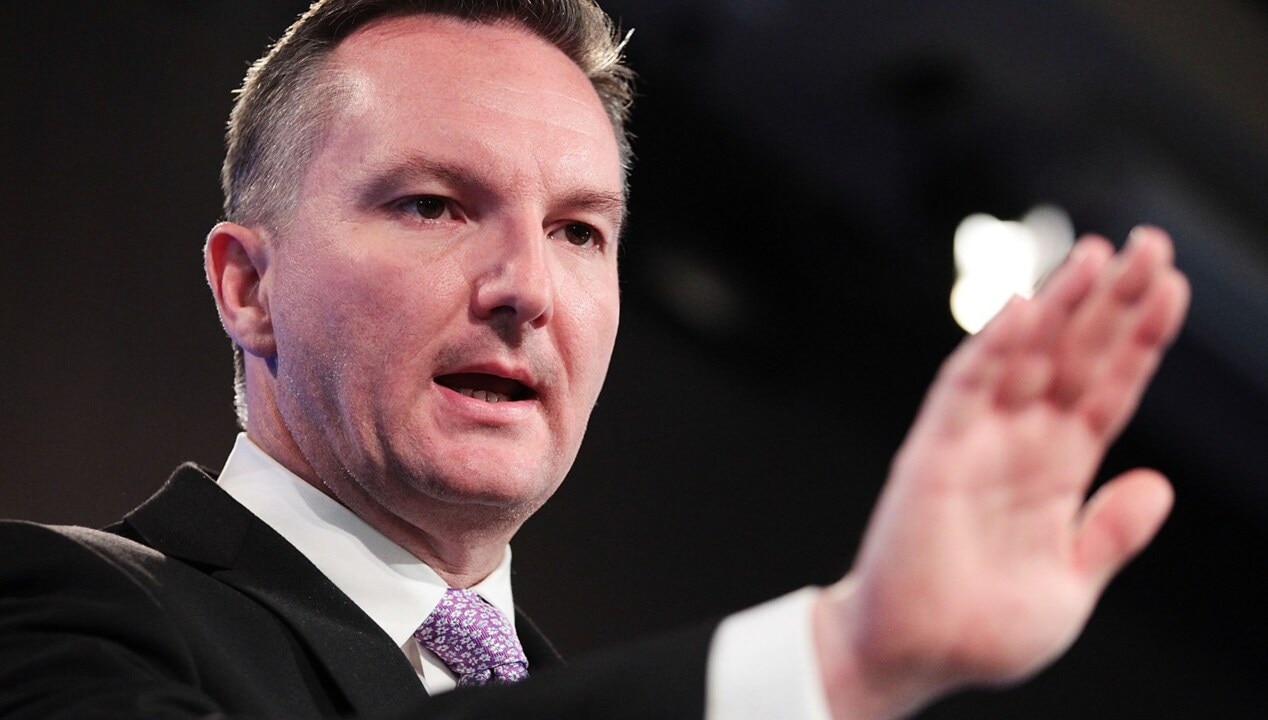
Ms King sought to reassure the companies, saying the changes would introduce protections for long-term contracts.
She said Australia was “steadfastly committed to remaining a long-term, reliable supplier of resources and energy to Japan and to remaining a stable and secure destination for investment”.
In a further challenge to the sector, the Greens are refusing to pass changes to the government’s safeguard mechanism to cut carbon emissions unless Labor agrees to ban new LNG and coal projects.
Mr Kitamura said Ichthys was the “crown jewel” in the company’s operations and was on track to expand in 2030 when it planned to add a third gas train to the project.
He said Japan would need Australian gas for the “foreseeable future” to safeguard the country’s energy security, and cited global demand forecasts suggesting the world would require 500-700 million tonnes of LNG a year by 2050 - up from 400 million tonnes now.
He said LNG would eventually be replaced by “clean LNG”, which had the advantage of using the existing gas infrastructure. Hydrogen, by contrast, required new infrastructure to be built “from scratch”, he added.
Tokyo Gas chairman Mr Hirose said hydrogen was a “hot topic”, but “realistically speaking, until 2050, the role of LNG will remain and will continue”.
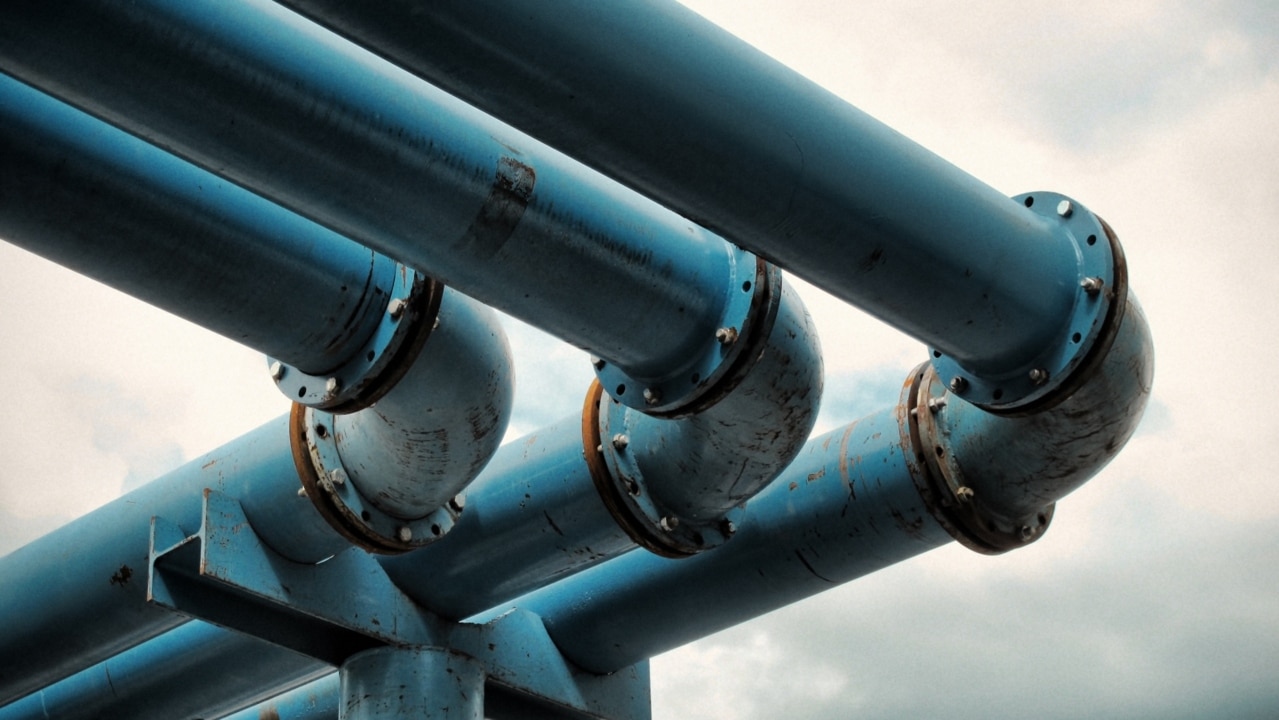
He said LNG and renewables were like “lovers”, and would work in tandem to bring down carbon emissions. “As lovers, they need each other. You just cannot partition LNG and renewables. You can’t break them up,” he said. “I think we are facing a world where we will have LNG and renewable energy in parallel in the future. LNG is, among all the fossil fuels, the cleanest, so through the penetration of LNG we are contributing to resolving climate issues.”
Australia is home to two groundbreaking Japanese hydrogen projects – Kawasaki Heavy Industries’ “blue” hydrogen project in Victoria’s Latrobe Valley, and fuel giant Eneos’ “green” hydrogen demonstration plant in Brisbane.
Both companies warn their hydrogen technology is still at least a decade off being commercialised, and won’t become cost-competitive until around 2050.
Australia is by far Japan’s biggest LNG supplier, accounting for 43 per cent of the country‘s total LNG imports. The trade was worth close to $29bn to Australia in 2021-22.
Anthony Albanese reassured Japanese counterpart Fumio Kishida when they met in Perth in October that Australia would remain a “steady and reliable supplier” of energy to Japan.
Ben Packham travelled to Japan as a guest of the Japanese government.



